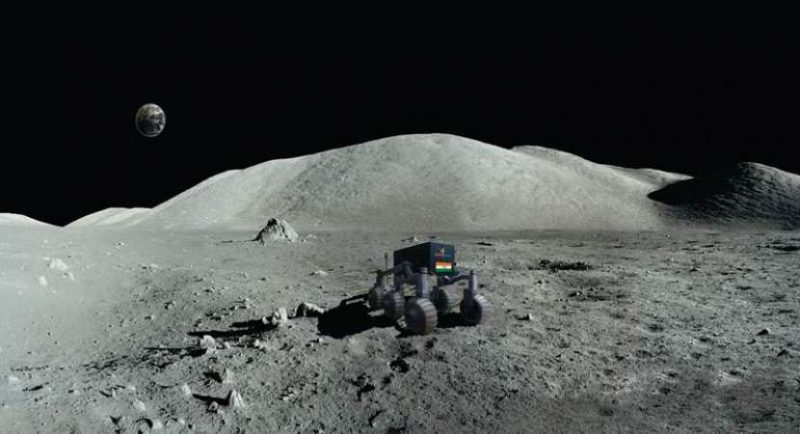rishivashista13
Regular Member
- Joined
- Jun 6, 2016
- Messages
- 721
- Likes
- 655
How our Chandrayan 2 is comparable to the Chinese moon mission @Indx TechStyle
Sent from my Redmi 4A using Tapatalk
How our Chandrayan 2 is comparable to the Chinese moon mission @Indx TechStyle
Both were to land near south pole of moon at far side. India had to be the first country to land on far side but Chandrayaan-2 delayed and Changé 4 did it first.How our Chandrayan 2 is comparable to the Chinese moon mission @Indx TechStyle
Sent from my Redmi 4A using Tapatalk
It really doesn't matter who landed first, but the thing matters is whose mission is more effective and who gains moreBoth were to land near south pole of moon at far side. India had to be the first country to land on far side but Chandrayaan-2 delayed and Changé 4 did it first.
Far side in South pole.*Chandrayaan is not scheduled to land on the far side. It is to land near the south pole
Faar Side is NOT the same as South pole. Far side refersto the hemisphere that we do not regularly seedue to tidla locking. (A small portion is still seen due to libration) The South pole refers only to a small portionFar side in South pole.*
.........................
Von Karman is itself a part Aitken basin considered to be in south pole.Faar Side is NOT the same as South pole. Far side refersto the hemisphere that we do not regularly seedue to tidla locking. (A small portion is still seen due to libration) The South pole refers only to a small portion
You are making a statement like telling that the North pole of the Earth is the North Hemisphere !!
Chang'e did land near the South Pole in Von Karman Crater.. The goal of Vhandrayaan is to land as close as possible at the South Pole
Chandrayaan-2, India’s second lunar mission, has three modules namely Orbiter, Lander (Vikram) & Rover (Pragyan). The Orbiter and Lander modules will be interfaced mechanically and stacked together as an integrated module and accommodated inside the GSLV MK-III launch vehicle. The Rover is housed inside the Lander. After launch into earth bound orbit by GSLV MK-III, the integrated module will reach Moon orbit using Orbiter propulsion module. Subsequently, Lander will separate from the Orbiter and soft land at the predetermined site close to lunar South Pole. Further, the Rover will roll out for carrying out scientific experiments on the lunar surface. Instruments are also mounted on Lander and Orbiter for carrying out scientific experiments.
All the modules are getting ready for Chandrayaan-2 launch during the window of July 09, to July 16, 2019, with an expected Moon landing on September 06, 2019.




India's second lunar mission, Chandrayaan-II, will be launched on July 15 by>a GSLV-MkIII rocket from Satish Dhawan Space Centre (SDSC), Sriharikota Range. A combo of an orbiter, a lander named 'Vikram (after the late Dr Vikram Sarabhai), and a rover christened 'Pragyan', it will cruise through outer space for two months before entering into an orbit around the earth's nearest astral neighbour. The lander-rover will touch down on the Moon, close to the South Pole, in the first week of September to probe the lunar surface as well as carryout experiments. In all, 13 instruments (eight on the orbiter, three on the lander, and two on the rover) along with one from NASA (a laser retro-reflector array or LRA) will be carried onboard Chandrayaan-II, according to sources in ISRO.





